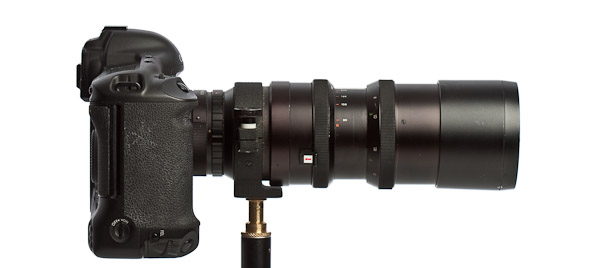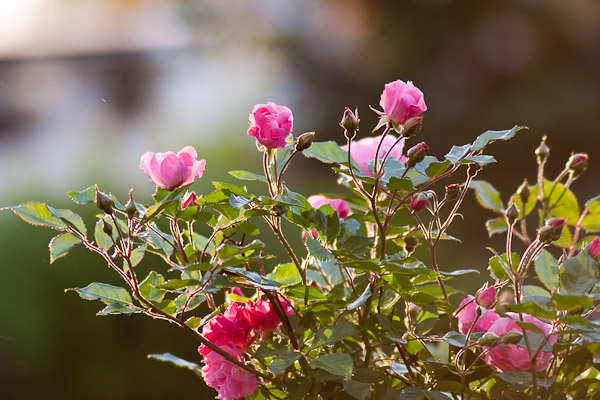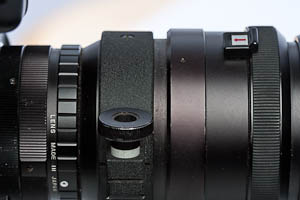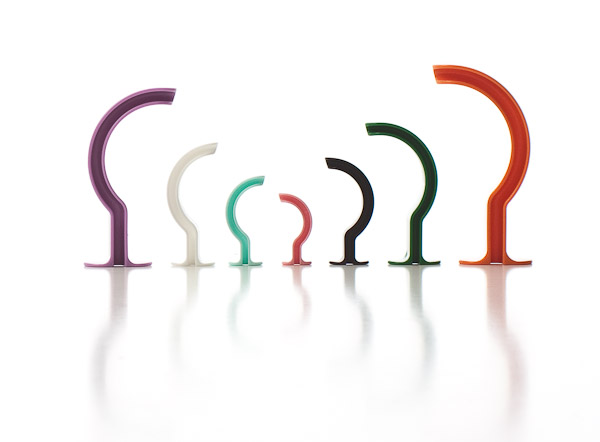
Sun Optics 80-240mm f4 - Built like a tank. |
||
|---|---|---|
Specs:
|
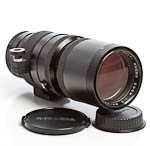 |
|
Built like a tank. That was the very first thing I noticed when first holding this lens. Weighing around 2.5 lbs, it sports the thickest construction I've ever seen in a lens. Aperture clicks are positive, and both focus and zoom rings are smooth with zero play. There is also zero creep when the lens is angled or pointed down. Handling takes a bit of getting used to. There is nearly 270 degrees of turn on the focus ring from a good close distance of 8 feet to infinity. In fact, 8 feet/2.5m is a rather excellent for a 240mm lens. But going to extremes is a not a quick affair, and it's simply best to preset the lens to the mid point or anticipated target distance when on the ready for any chance encounter. Wide open at f4 this lens is a reasonably sharp, yet prone to purple edge fringing, which can be corrected in post. However this improves at f5.6/8.
Unlike short primes, this lens requires a minimum shutter speed of 1/250s to counter hand shake, which is most evident at 240mm. Stopping down to f5.6 requires at least ISO400 for overcast days or even 800 for shady woods. Even in bright sun, with a polarizer or ND filter, you're still playing with those numbers. For outdoor events this lens will bring in full frame action from a reasonable distance, but indoor use will require careful timing with good stage lighting or requiring ample flash. Should you get frustrated with the hit or miss indoors, I don't advise throwing this thing. It's heavy enough to cause some damage! Thus I recommend a monopod or sturdy support. Both colors and contrast are surprising good, and in some 240 test shots, many of them involving the sun, flare was not evident.
Macro mode on this lens is more of novelty, but functional, and its a little cumbersome as it requires an unusual mechanism to unlock the focus ring.
In the studio the lens proves to be a sharp and usable tool at f8 with controlled lighting, and best when mounted via the tripod collar, along with using the camera's live view and zoom tool to ensure focus.
Overall my results were hit or miss, and most likely due to me, being shot handheld, and focusing through the Canon 40D's so-so stock matte screen. Considering it's age and forty-year old technology, I am satisfied with it. Would I pass it up for Canon 80-200 f4 with autofocus and IS? Of course, but I only paid $9 with $15 shipping. One last thought. When it comes to paid gigs or situations where I only had a one shot chance, I would never use any antique lens. However, with such a lens, I can carry this out into the foul weather or the bush and leave the expensive, more plastic and cheaply built tools at home. -Keep Shooting. |
||




